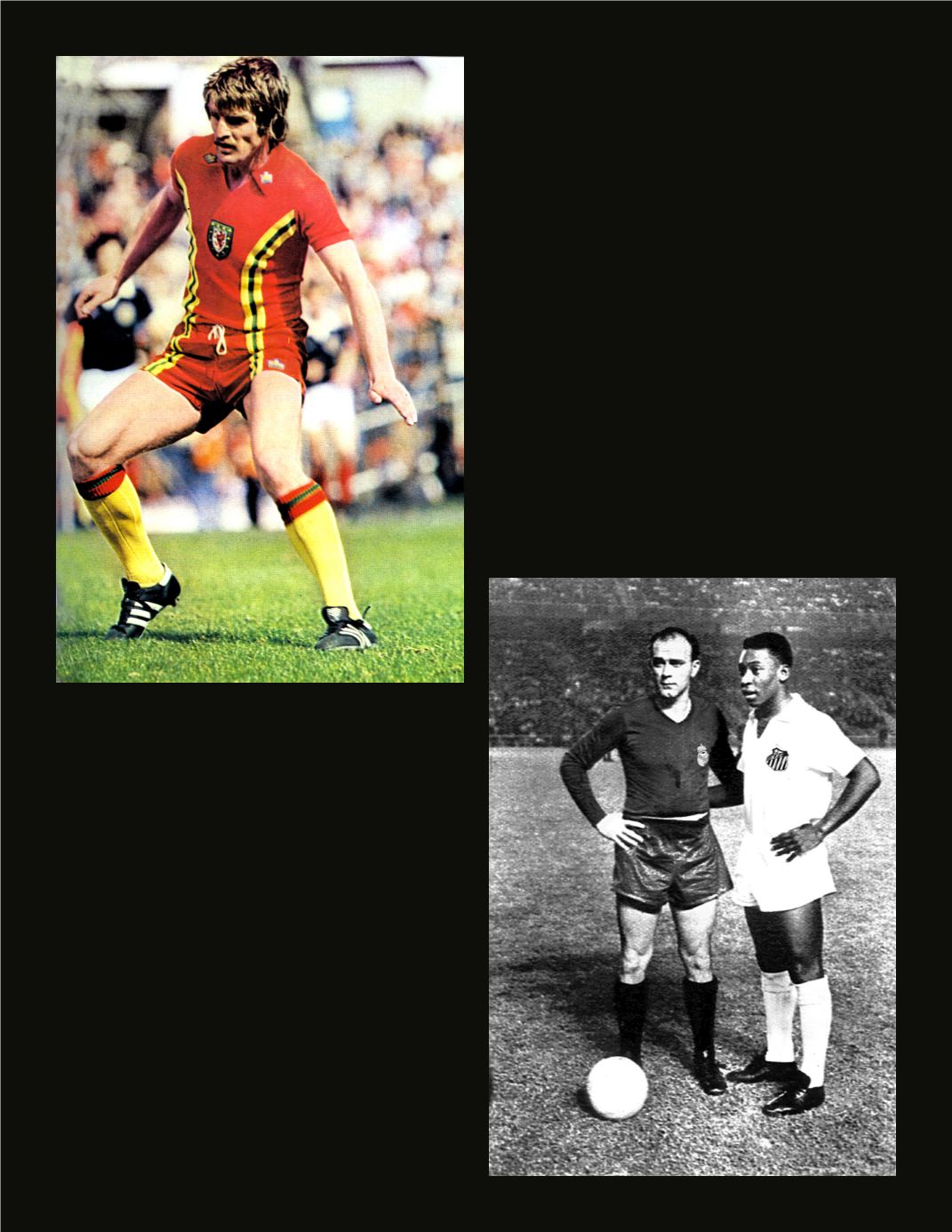

76
-
SEXY GLAM
NOVEMBER - JULY 2018
less expensive look. They simply wore white. Wealthy
teams could afford to sport its club’s colors, but were
required to provide alternate colors just in case two
teams showed up to a game with the same color. And
players were expected to foot the bill until soccer be-
came professional, in which case the team paid for it.
Soccer shirts welcomed the twentieth century with
a traditional look that created a giant fashion trend
around the world. Players sported a tailored jersey
made from durable, natural fibers in a variety of collar
designs. Most popular among them were laced crew
necks and wide vertical stripes. Horizontal stripes
were common also. In the 1930s, collared rugby-style
shirts replaced crew necks, most visibly the 1933
Arsenal red shirt with white sleeves, and a wide,
white collar. Within a few years’ time numbered shirts
were introduced in Britain, and after the war the trend
began to spread to other parts of the world.
The jersey changed little over the coming decades.
It wasn’t until World War II that strides were made in
the evolution of the soccer uniform.
In the mid-1900s teams began wearing light, synthet-
ic fabrics, creating a look that became the mother of
the modern soccer jersey. And so we saw the “con-
tinental style” jersey featuring lighter, short-sleeved
v-neck designs, although some parts of Europe were
already sporting sleek, lightweight looks. Meanwhile,
Brazil had a look all its own - a yellow shirt with green
collar and cuffs, the brain child of young newspaper
illustrator whose handiwork won a national design
contest.
The soccer uniform entered the revolutionary 1960s
having departed from the long, baggy shorts and
button-down shirts of the prior decade, to V-necks
and rounded collars. The following 20 years found
jerseys becoming more commercial, as teams sought
to sell replicas of signature jerseys of notable players
complete with team logos, and which were made with
lighter, cooler fabrics.














